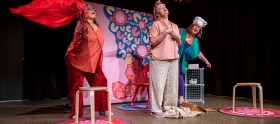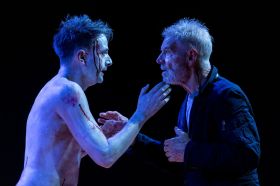Many of us are sceptical about New Year’s resolutions, but they might stand a chance of working: if you’re really ready to make the change that you say you want to make.
According to a study published in the Journal of Clinical Psychology, ‘readiness to change and self-efficacy’ predicted successful outcomes for the 50% of the population making New Year’s resolutions each January. Think about whether you really want to change, and why. If you do want to keep a resolution, the same study also found that successful resolvers employed ‘more behavioural strategies, and less self-blame and wishful thinking than unsuccessful resolvers.’ Behavioural strategies include things like swapping a bad habit for good one – like going for a walk in the evenings instead of opening a bottle of wine.






